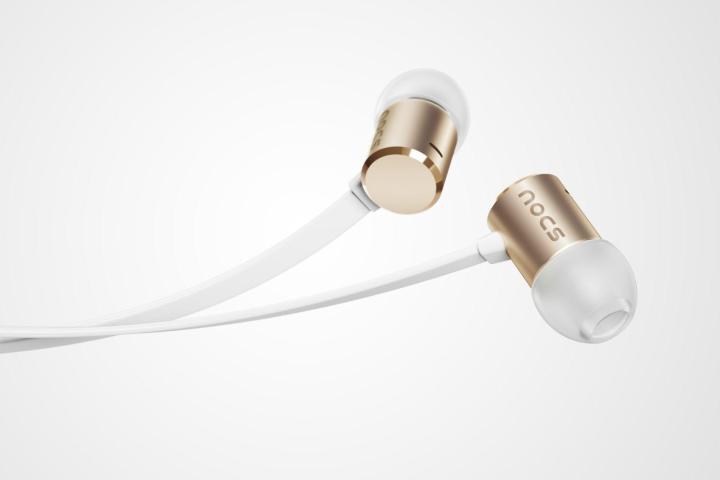
Swedish-based Nocs has churned out solid in-ear and over-ear headphones for a while now, garnering affection for their stylish minimalist designs and well-crafted sound performance. Today, the company unveiled what it’s calling “a study in evolution” for its expanding lineup, the NS500 in-ear headphones.
Building off of the company’s first aluminum housing, which debuted in 2008, the NS500 are forged from a CNC-machined aluminum housing that is chamfered-cut for an elegant, beveled backside, and sandblasted to a sleek matte finish that is also scratch resistant.
Inside the housing, the NS500 hits the basics well. It boasts 8mm dynamic drivers with titanium-coated diaphragms and the drivers offer a claimed 20Hz-20kHz frequency response. Nocs promises “impeccable balance” across the frequency spectrum, with refined detail and ample bass. The Kevlar-reinforced cable is tangle free, and boasts a three-button iOS mic-piece with a microphone designed to cut out bursts from cellular interference.
The NS500 offer an impressive design for a pair of headphones priced at only $80. Quality design work like this usually costs $100+ at retail. Whether or not they can provide a sound worth sticking around for at $80 remains to be seen, but we’ve had good luck with Nocs headphones in the past.
The NS500 will be offered for purchase toward the end of May in four color schemes, including white with gold or silver earpieces, all black, and a slightly lighter black. We’ll likely have a pair in for review soon, so stay tuned to hear our verdict.


